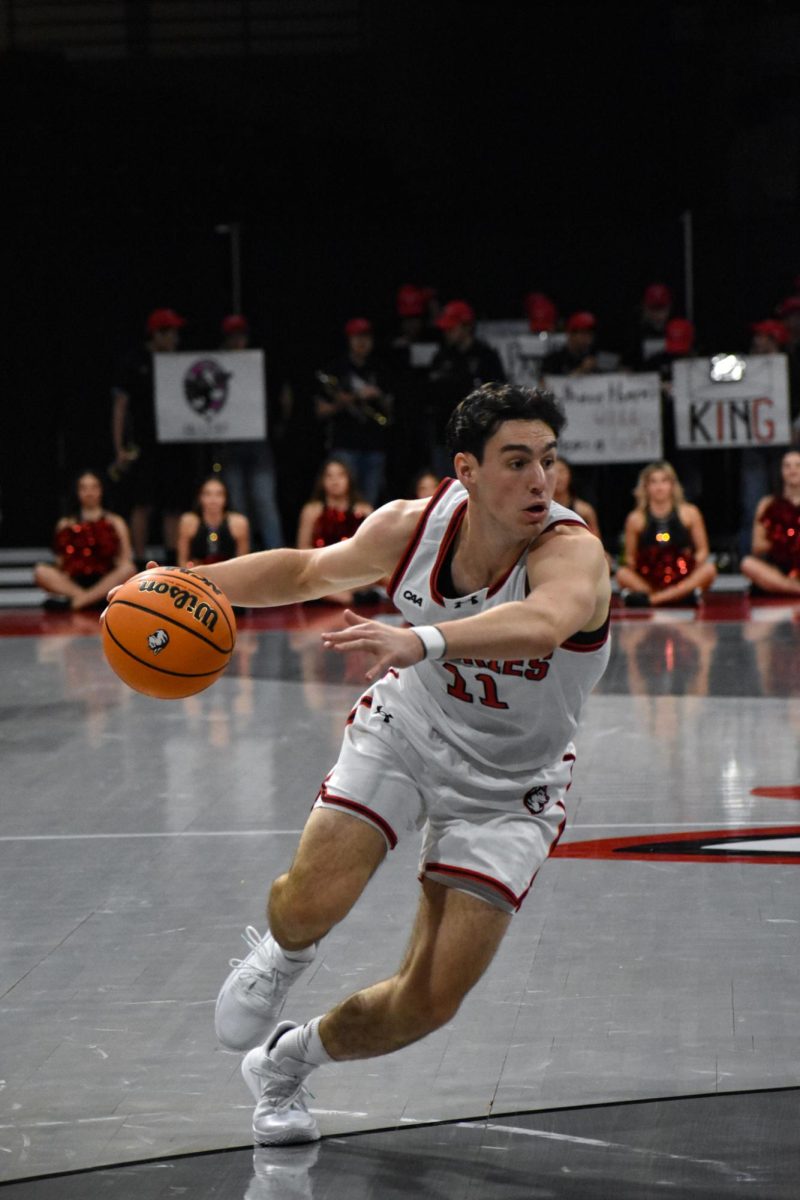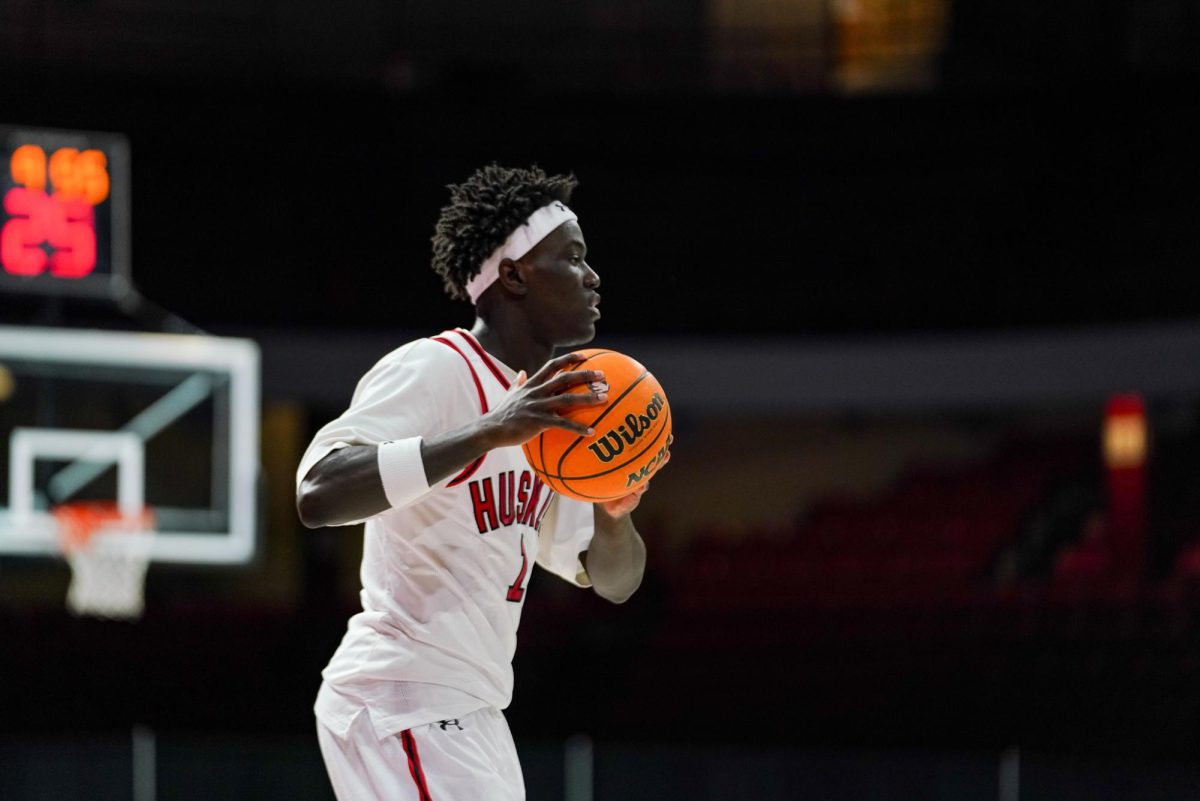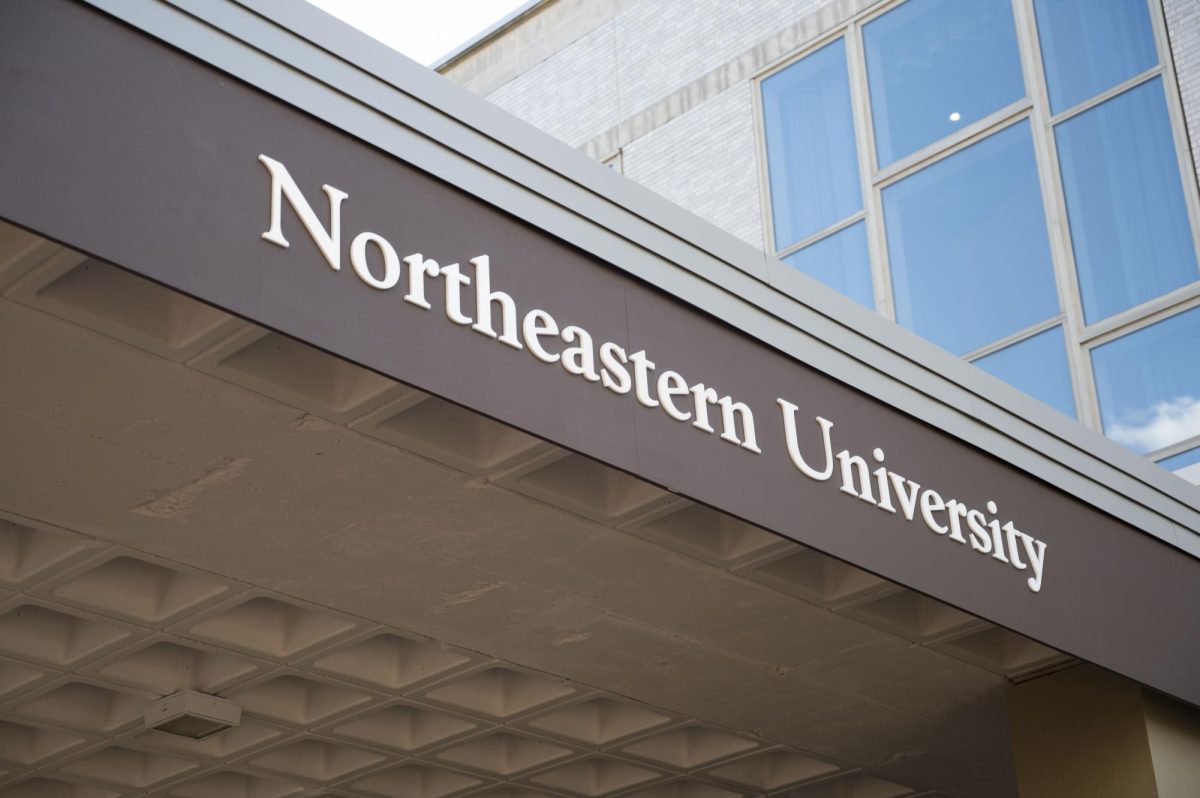By Melissa Danzo, News Correspondent
For fit urbanites, working out is not a question of “if,” but “when” and “what kind.” With frequent rankings among America’s healthiest cities, Boston has no shortage of opportunities for its population to hit the gym, park, trail, or, as is the growing trend, mat. The mat is home to the deceivingly dissimilar practices of yoga and pilates – two fairly stationary workout rituals that seek to engage not only the body, but also the brain.
But which routine is right for you? Beyond some surface similarities, yoga and pilates are extremely different. Yoga is an ancient practice with origins in India that not only aims to ally the mind and body but also the spirit through a series of meditations and a strong focus on the inner self of the Yogi. Pilates is a more recent phenomenon, created by Joseph Pilates, the German physical-culturist in the early 20th century and spread through its popularity among by dancers over the years. It involves a series of low-impact, core-strengthening exercises.
Joseph Pilates himself sang the praises of his regimen, famously saying, “I must be right. Never an aspirin. Never an injured day in my life. The whole country, the whole world, should be doing my exercises. They’d be happier.”
As Pilates prescribed, his exercises have been used in physical therapy and rehabilitative situations due to their accessibility and core-strengthening practices. Pilates is suitable for people with a range of physical capabilities and levels of physical fitness. Marino Center Pilates instructor Jenna Leader said, pilates contains a stronger focus on aspects of bettering posture and building strength than yoga, which accentuates the mind-body connection realized through movement.
“It’s used to strengthen the muscles, increase flexibility, decrease stress and improve overall health,” said Marino Center pilates instructor Marie Singleton.
Like pilates, yoga aims to promote full body strength and wellness but with the additional aspect of affecting the spirit. There is a special emphasis on breath as a means of not only infusing cells with the necessary oxygen to perform the physically demanding poses but also to “soothe our bodies, minds and restore ourselves to a point where we can perform better,” according to yogi Karen Shilo. It is not simply a workout; yoga is a lifestyle.
After deciding between the two regimens, the next step is to choose a studio in which to practice. Luckily, Northeastern students do not have to look any further than our very own Marino Center. Both disciplines are offered multiple times per week in the form of group fitness classes led by the highly trained capable staff, which includes Leader, Singleton and Shilo. For a fee of $50 students receive unlimited group fitness classes for one semester.
Should you not get your fill of either workout from the offerings of the university, Boston is full of options. Yogis can attempt to reach Nirvana at studios such as Back Bay Yoga located at 364 Boylston St. for $15 per class or $130 for a 10-class card. Pilates enthusiasts can take their workouts a step further at studios such as Boston Body Pilates, where students can work not only on mats but with other appliances such as the Reformer and the Wunda Chair (also known as the Pilates chair). Membership to Boston Body Pilates, located at 8 Newbury St., will cost $199 per month. For those who would like to get both styles in one place, there are hybrid studios such as Life In Synergy Studios, which offer both yoga and pilates. Life In Synergy Studios is located at 867 Boylston St. and offers classes for $17 each or $150 for a package of 10.









